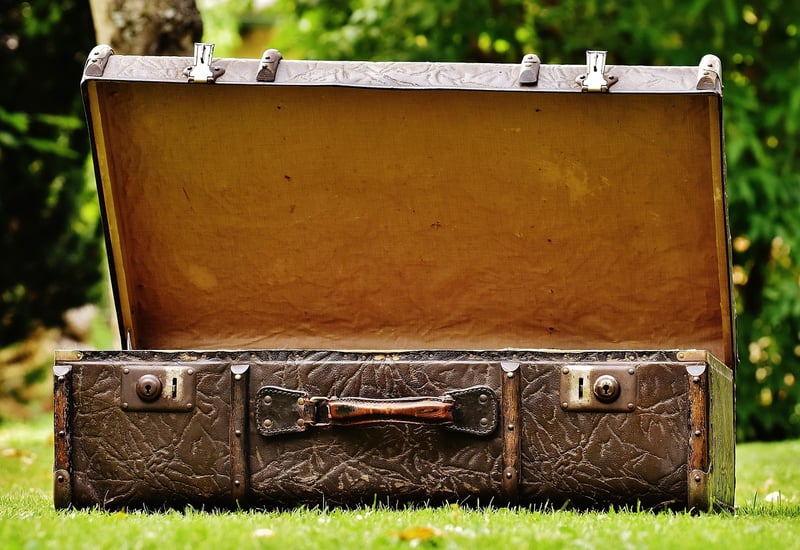Historical Etiquette
Prepare for Journeys: Historical Etiquette
Embarking on a journey in historical times required more than just packing essentials; it also involved adhering to various social norms and etiquette practices. Let's explore some fascinating historical etiquette guidelines to help you prepare for your own journey.
1. Dressing Appropriately
Proper attire was crucial when traveling in the past. For example, in the 19th century, women were expected to wear modest dresses and hats, while men were required to don suits or coats. Dressing well not only showed respect for oneself but also for the people you would encounter during your journey.
2. Politeness and Respect
Politeness was paramount in historical travel etiquette. Simple gestures like saying "please" and "thank you," as well as showing respect towards fellow travelers and service providers, were highly valued. Maintaining a courteous demeanor helped in fostering positive interactions along the way.
3. Table Manners
When dining during a journey, observing proper table manners was essential. This included using utensils correctly, not speaking with food in the mouth, and engaging in pleasant conversation with tablemates. Good table etiquette demonstrated refinement and consideration for others.
4. Tipping and Gratuities
In historical times, tipping was common practice to show appreciation for good service. Travelers were expected to tip porters, coachmen, and other service providers accordingly. Understanding the appropriate amount to tip showed appreciation for the assistance received during the journey.
5. Communication Etiquette
Effective communication was essential during historical journeys. This involved speaking clearly, listening attentively, and engaging in meaningful conversations with fellow travelers. Communication etiquette helped in building connections and fostering camaraderie among passengers.
6. Respect for Local Customs
Respecting local customs and traditions was crucial when traveling to different regions. Being mindful of cultural differences, adapting to local practices, and showing respect for customs helped travelers navigate unfamiliar territories with grace and sensitivity.

As you prepare for your own journeys, consider incorporating these historical etiquette practices to enhance your travel experience. By embracing the values of politeness, respect, and cultural awareness, you can embark on your adventures with grace and sophistication.
Safe travels!
